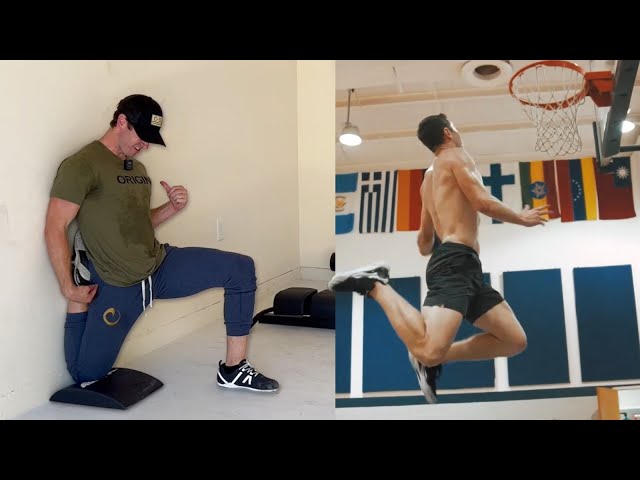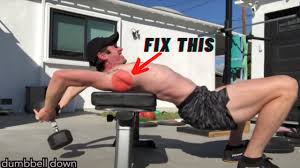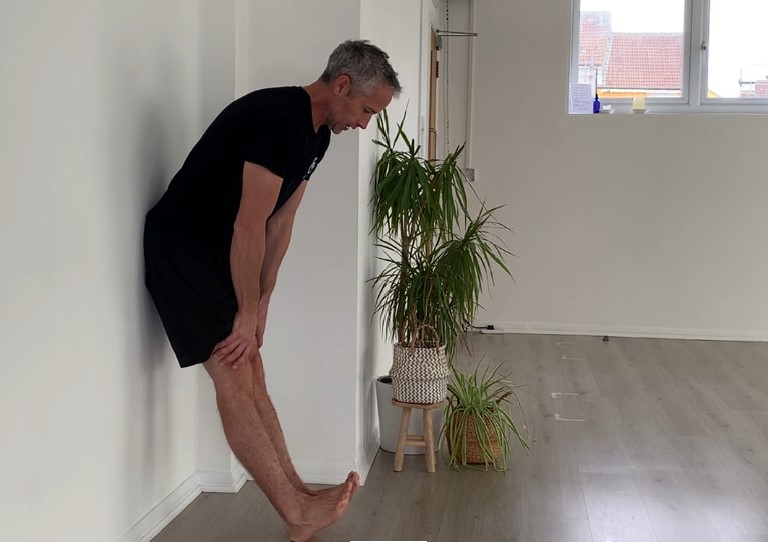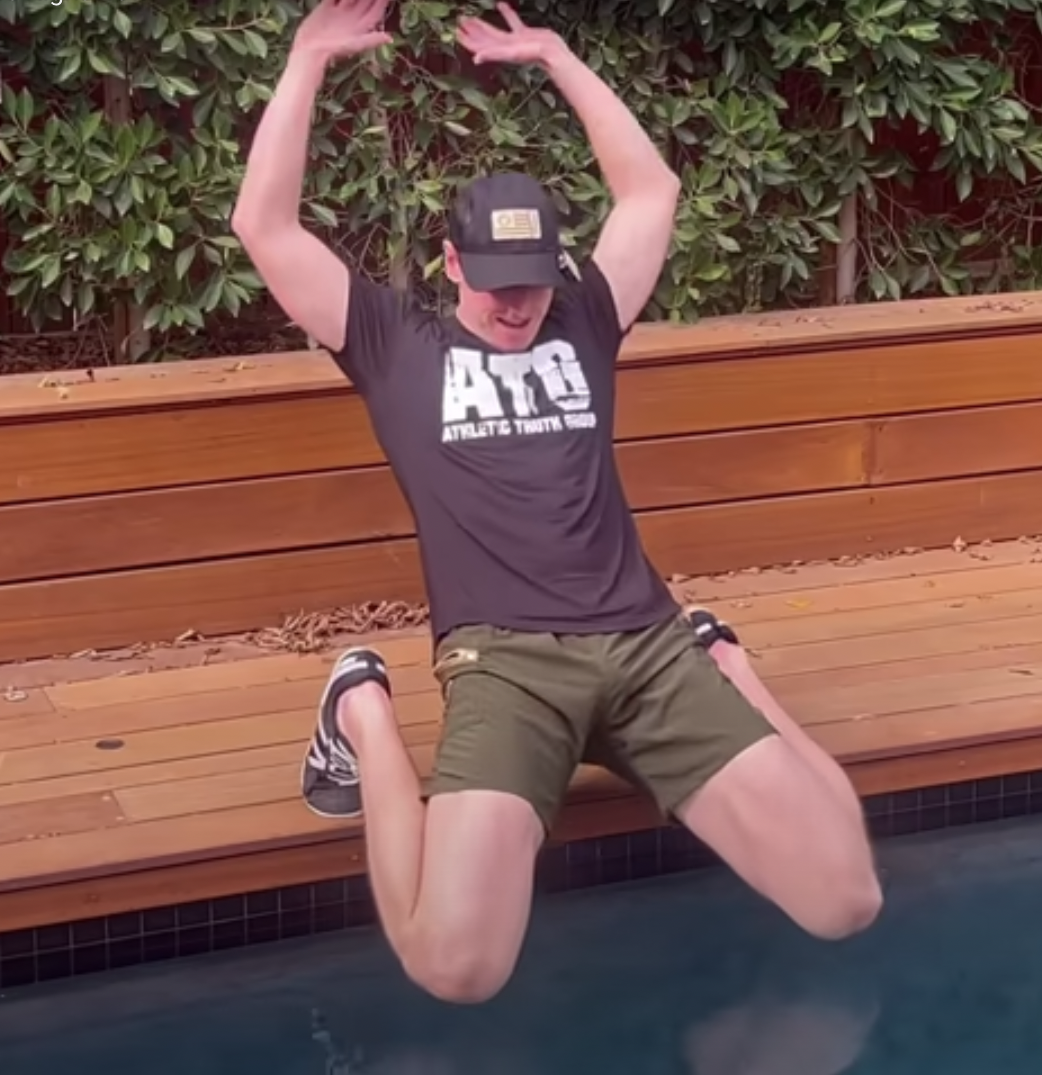
This YouTube video demonstrates various hip mobility exercises for improving hip flexibility and strength. Ben demonstrates a series of exercises aimed at increasing hip ability and discusses their benefits, scaling options, and personal experiences. Indeed, these exercises are designed to help individuals enhance their hip mobility, prevent injuries, and improve sports performance. In this summary, we will break down the content into several sections and provide an overview of the key information.
The video starts by introducing the importance of hip mobility. So, Ben explains that hip mobility is essential for strength, flexibility, and injury prevention. Indeed, He emphasizes that the exercises demonstrated are a gentle and scalable way to improve hip mobility.
Hip Mobility Exercises
Head to Foot Exercise
Ben starts by doing the “Head to Foot” exercise. Furthermore, they describe good form, emphasising the importance of squeezing the glutes, engaging the abs, and keeping the knees off the floor. Change the bench angle, advance from assisted to unassisted, or add extra weight to scale this exercise.
Glute Contraction and Tibiofibular Dislocation
In addition, The movie emphasises the need of hip mobility for people suffering from conditions such as tibiofibular dislocation. The teacher describes how training on hip mobility might help with these issues. They provide certain techniques to prevent knee bone dislocation.
Scaling Options
There are multiple ways to scale the exercises, you can elevate the front foot or using assistance. In addition, tailor to your individual needs and abilities.
Stretching and Contracting
The importance of stretching and contracting hip muscles. The instructor shares their personal practice of 20 reps per set for three sets on their mobility day. They mention the importance of maintaining safety while progressing to more challenging levels.
Advanced Mobility Techniques
Furthermore, the video mentions a few advanced mobility techniques, including a shoutout to someone named Kadur Ziana, who is a flexibility mentor. These techniques are an additional means of improving hip ability.
Conclusion and Additional Tips
Ben summarises how these exercises are typically used in their training programmes, both as part of long-term full-body programmes and as part of short-term specialised protocols. These exercises are flexible and scalable. The film closes with advice on where to obtain additional programmes and equipment suggestions.
Key Takeaways
It does, in fact, provide a step-by-step guide to various hip ability exercises. The most important lessons are the importance of hip mobility for strength and flexibility, the importance of safe and progressive growth, and the numerous scaling choices available to people. Long-term training programmes or short-term targeted mobility work.
Individuals can improve their hip mobility, reduce their chance of injury, and improve their overall athletic performance by implementing these exercises into their routine. The video encourages viewers to incorporate these exercises into a well-rounded workout routine.





